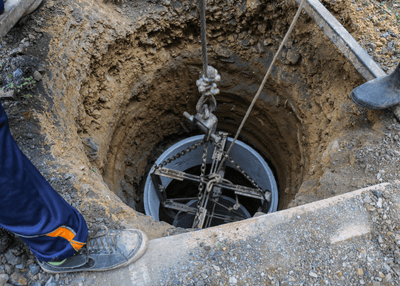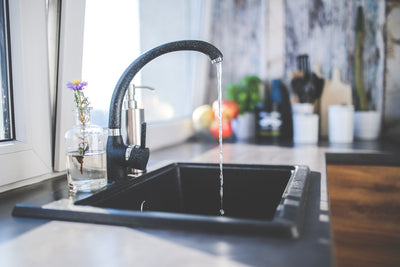Eric Roy, Ph.D. | Scientific Founder
This Tuesday, US EPA reported that US Steel Corporation spilled a large (but undisclosed) amount of chromium 6-containing wastewater into a Lake Michigan Tributary, and about 20 miles from the location where the City of Chicago draws drinking water from. This past fall, we wrote an article the basics of chromium 6 in drinking water, but the focus of today's article is specifically about the recent spill into Lake Michigan.
Where Did The Chromium 6 Lake Michigan Spill Occur?
The map below (From Chicago Tribune) shows the location of the spill. It's roughly 20 miles from the 68th Street Water Intake Crib for the City of Chicago.

What Caused The Chromium 6 Lake Michigan Spill?
US Steel reported that a stainless steel joint failure in a pipe caused the release of chromium 6-contaminated wastewater into the environment. The pipe contained wastewater from an electroplating process.
Is Water Quality Impacted by Chromium 6 Contamination?
Beaches and parks within a 3 mile vicinity of the spill were closed down. Several cities that draw water from Lake Michigan stopped pulling water. The City of Chicago began "Emergency Testing" of water near source water intakes.
Data and statements from EPA from water tests seem to be in conflict. On one hand, EPA says that they're not seeing anything unusual, but there are measurements taken more than a mile from the spill where chromium 6 concentrations are roughly 10x higher than baseline measurements taken from more offshore locations over the past 3 years.
It's important to point out that chromium 6 is extremely toxic, it is NOT REGULATED ON ITS OWN. EPA does not differentiate between carcinogenic chromium 6 and chromium (III), which is an essential nutrient for humans. Absurdity of this aside, remember that Chicago's drinking water (which is pulled from Lake Michigan) has a 3 year average chromium 6 concentration of 190 parts per trillion, which is nearly 20 times higher than the level associated with negligible risk.
How Do I Remove Chromium 6 From Drinking Water?
To remove chromium 6 from water, you need to filter it. Boiling or freezing water does NOT remove chromium 6, or make it less toxic. We recently wrote a more in-depth article on how to filter chromium 6 from water. We are particularly fond of our approach to water filtration over reverse osmosis for a number of reasons, but both will work.
Other Articles We Think You'll Love
5 Most Important Things To Know About Chromium 6 In Drinking WaterHow To Filter Chromium 6 From Drinking Water
Summary of Problems With Chicago Tap Water





